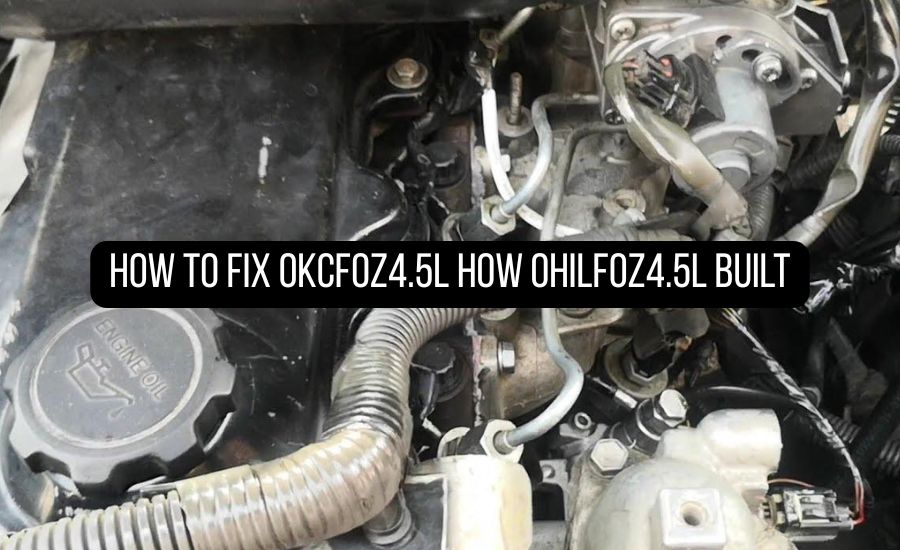Intelligent Visual Defect Detection Web Solution for the Automobile Industry
The significant difference between the companies is that a very competitive automotive industry maintains the quality of the product and the flawless production process. Advanced AI and computer vision-powered visual defect detection are changing this as they transform the mode of discovering defects in products by manufacturers. This is an advanced solution that enhances quality control while further enabling optimal production efficiency, pushing companies looking to deliver defect-free vehicles to invest in it for their brand. In this article, we discuss how web-based visual defect detection systems are revolutionizing quality assurance in the automobile industry and how manufacturers can benefit from them by leveraging web development services from trusted providers.
What is Visual Defect Detection?
Automotive surface inspection is one of the key technologies for recognizing the imperfections and deviations in the parts during the car manufacturing process. The technology uses computer vision and artificial intelligence software to scan body panels, windshields, and interiors for signs of defects such as scratches, dents, inconsistent paint, and misalignment.
First, visual defect detection involves the automation of quality checking, which guarantees that if there is an imperfection in a certain area, it will be detected before the component is assembled into the final product, thus eliminating the chances of a faulty part reaching the assembly line. This not only enhances product quality and safety but also increases the efficiency of the production line, reduces the number of recalls, and improves customer perceptions in the automobile industry.
Need For Visual Defect Detection In The Automobile Industry
Quality assurance:
Visual defect detection is crucial to obtaining the best quality automotive components. Defects detected during the production process result in reduced chances for defect incidence in final products.
Safety Issues:
Critical body parts’ defects are prevented through the detection system, which assures no safety issues are encountered in this respect, ensuring a safer vehicle to the consumers.
Cost Cutting:
Faults diagnosed at this stage reduce the cost of recalls, rework, and warranty claims. Instead, some costs incurred later after some defects have occurred on the products as they are being manufactured can be mitigated.
Improved Productivity:
The systems work at a continuously high speed, resulting in improved productivity on the shop floor. This saves time for manual inspections and increases the pace of fault detection.
Consistency and Reliability:
Automated visual inspection provides consistent and objective evaluations of the products, reducing variability associated with human inspection. Thus, more reliable quality control processes are achieved.
Improved Customer Satisfaction:
High-quality, defect-free vehicles provide improved customer satisfaction and build brand loyalty since customers are likely to return to manufacturers who are devoted to quality.
You may also read about: eid mubarak gift
Web-based Visual Defect Detection with AI-driven Features
Web-based visual defect detection using AI features means a rather advanced system that uses the applications of artificial intelligence and computer vision technologies to detect and analyze defects of products on a web-based platform. It has the following advantages and elements that include:
Key Features:
Real-Time Analysis
The system affords real-time inspection of images or videos taken during the manufacturing stage. AI algorithms analyze the visual data to make real-time identification of defects possible.
User-Friendly Interface
Accessibility is directly beneficial, given that this system has an accessibility advantage since it is available everywhere with internet facilities. One may upload photos, review inspection results, and prepare a report in the absence of special software.
Scalability:
Web-based systems are simple to scale to manage different capacities of production volume and multiple inspection stations. Manufacturers can thus respond to new needs without many changes in the infrastructure of automobiles.
Machine Learning Capabilities:
AI-powered features are based on machine learning algorithms. These algorithms ensure better accuracy in detection over time through the continuous learning mechanism of machine learning algorithms, which learn from past inspection trends and define deviations on new or changing defects.
Data Analytics and Reporting:
Data aggregated through inspection can be reported with detailed insights into defect patterns, quality production, and process efficiencies. Continuous improvement programs may well rely on such data.
Integration with existing systems
Based on the previous analysis, it can be concluded that web-based visual defect detection systems can potentially be integrated with other production management tools, like ERP or MES, for openness and simplicity of operation, as well as information sharing.
Benefits of Implementing Visual Defect Detection
Cost Efficiency:
Automated defect detection reduces reliance on manual inspections and associated labor costs and human error. In high-paced automotive production lines, it reduces scrap rates and rework expenses, thus contributing to a more efficient and profitable venture as an enterprise.
Quality Control
AI-based systems ensure regular and uniform quality checks, therefore reducing the likelihood of defective parts into a vehicle. It reduces the possibilities of recalls, enhances the safety of the vehicle, and retains the brand image.
Improved Decision Making:
Detailed analytics track recurring defects and process optimization. Manufacturers can work on issues at specific points, improve the strategies implemented in the production process, and make better use of resources.
Remote Monitoring:
Web-based systems give management the capacity to monitor quality from anywhere in the world. This is an essential advantage for ensuring homogenized quality across hundreds of plants and responding expediently to production problems regardless of the plant’s location.
Higher Production Rate:
Automated visual defect detection, high-speed inspections don’t disrupt the production flow, so manufacturers do not have interruptions caused by bottlenecks resulting from manual checks. Thus, quicker detection of defects ensures immediate corrective actions that result in shorter production cycles and improved overall throughput.
Conclusion
Web-based visual defect detection with AI features is one such advanced solution that significantly improves quality control processes in auto-manufacturing. Providing accessibility through live analysis coupled with the proposition of intelligent processing of data facilitates manufacturers in maintaining the high quality of their products while optimizing operational efficiencies. For successful implementation of these advanced systems, automobile companies can hire web developers who are experienced in web development with AI integration and have the ability to provide user-friendly platforms in accordance with the specific needs of their business. This in turn will not only smoothen the deployment but also maximize the potential of AI-driven defect detection to improve outcomes in production.





Post Comment